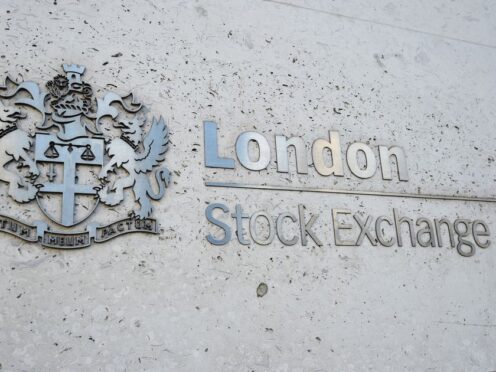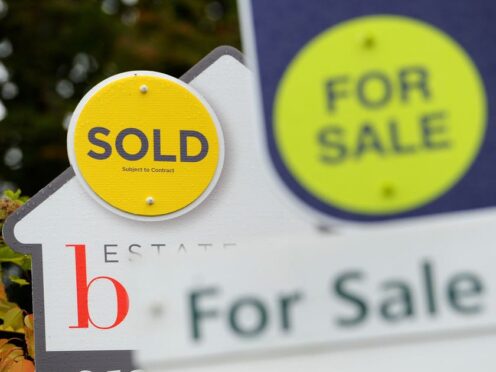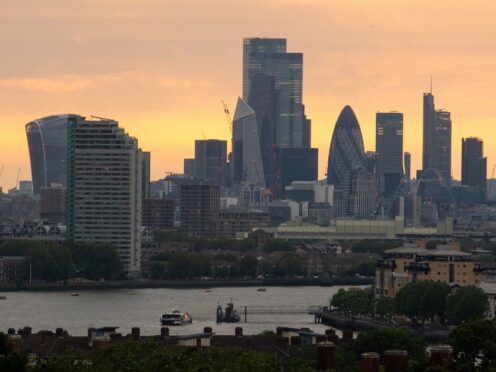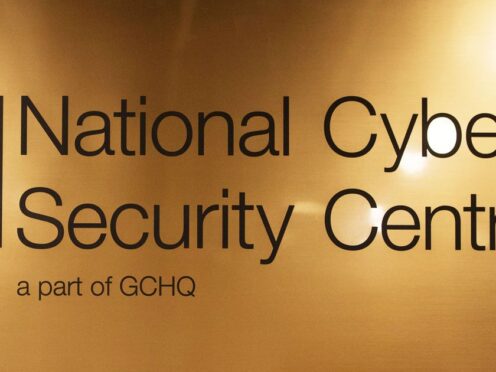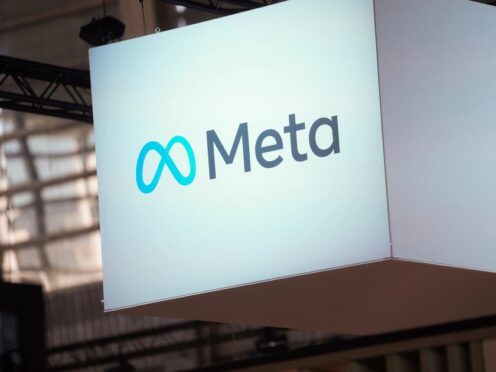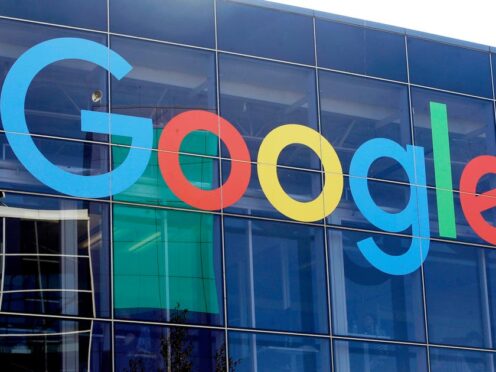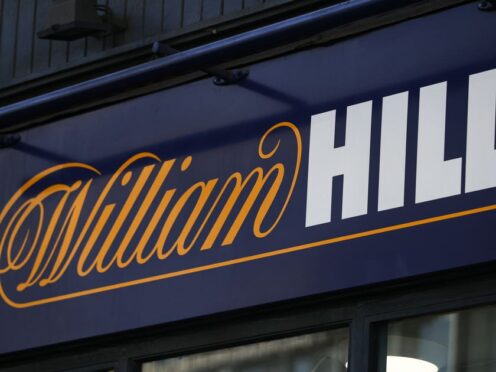The UK Government will announce its Autumn Budget later this week and Graeme Cran, tax senior manager at Johnston Carmichael, talks through some of the things we might see…
Stealth may be the name of the game when Rishi Sunak steps up to deliver his Autumn Budget on Wednesday.
After announcements of significant rises in corporation tax, which is due to increase to 25% in 2023 for profits over £250,000, and National Insurance, which will be raised by 1.25% next year for employees, employers and the self-employed, headline announcements are likely to be few and far between.
However, introducing a budget light on fireworks but heavy on technical changes will still enable the Chancellor to raise much needed revenue. Freezing the personal allowances and income tax thresholds, for example, could be a big earner for the Exchequer as inflation continues to increase, and wages rise. Yet in theory this is not classed a tax rise.
So, what can we expect?
Capital Gains Tax (CGT) has long been tipped to increase and while I would be surprised if the Chancellor turned the clock back to linking this directly with income tax rates, a rise could well be on the cards to 25% or even 30%.
Another option could be to make technical changes that restrict certain CGT reliefs. Furnished holiday lets (FHL) benefit from tax advantages including a reduced rate of CGT but given the impact holiday homes have had on the availability of rural housing owing to record demand for staycations amid the pandemic, we could see these reliefs being withdrawn so as to mirror regular rental properties.
This would be costly for holiday let owners and should be a key consideration for investors looking to acquire property for this purpose. According to the Scottish Staycation Index there has been a 65% rise in enquiries into purchasing holiday lets, with Perth and Kinross in the top three regions for rental costs.
Commentators have expected changes to inheritance tax (IHT) since a significant review by The Office for Tax Simplification in 2019. But rather than revising headline tax rates we’re much more likely to see tweaks to the reliefs and allowances that apply, by restricting or increasing certain qualifying thresholds.
While the vast majority of taxpayers would be unaffected, changes to Agricultural and Business Property Relief could cause difficulties for the local business and farming communities.
There could be good news for local young businesses, on the other hand, following a consultation into R&D. Expanding who can qualify for these valuable reliefs could provide much more scope to support these businesses and bring a wider variety of companies, in addition to those in Dundee’s burgeoning creative industries, into the fold.
A widening of employee share incentives could be another boost for early-stage businesses and entrepreneurs. Reliefs such as the Enterprise Management Incentive (EMI) scheme enable companies to offer share options instead of hiking salaries to recruit and retain top talent.
At a time when National Insurance is set to increase, creating extra cost for employers, these incentives will be increasingly attractive to businesses and could play a key role in enhancing renumeration packages.
It is also possible that investor tax reliefs such as Enterprise Investment Scheme (EIS) and Seed Enterprise Investment Scheme (SEIS), will be enhanced to boost business investment. At present eligible investors can claim up to 30% income tax reliefs on investments of up to £1 million per tax year through EIS.
Increasing the threshold would secure much needed funds to help high growth businesses secure the highly skilled employees they need to achieve success.
With COP26 just around the corner and following the launch of the UK government’s net zero strategy energy efficiency will clearly be front and centre this week. There are already considerable tax benefits available to businesses adopting electric vehicle fleets, but we can expect further incentives to encourage investment in energy efficient materials, equipment and processes.
Much discussed, but less far less likely in the current political climate, is a raid on the tax reliefs that savers get on pensions contributions. Nevertheless, anything and everything is up for grabs, and a few tweaks here and there could help to reduce the annual £40bn cost to the Treasury.
It won’t always be this way. The shortfall in UK PLC’s finances is vast and action has to be taken at some point in the future, but perhaps when COVID is further in the rear-view mirror. The can may have been kicked down the road but when it comes to more severe tax measures, it is likely a question of when and not if.
Visit the Johnston Carmichael website to find out more.

